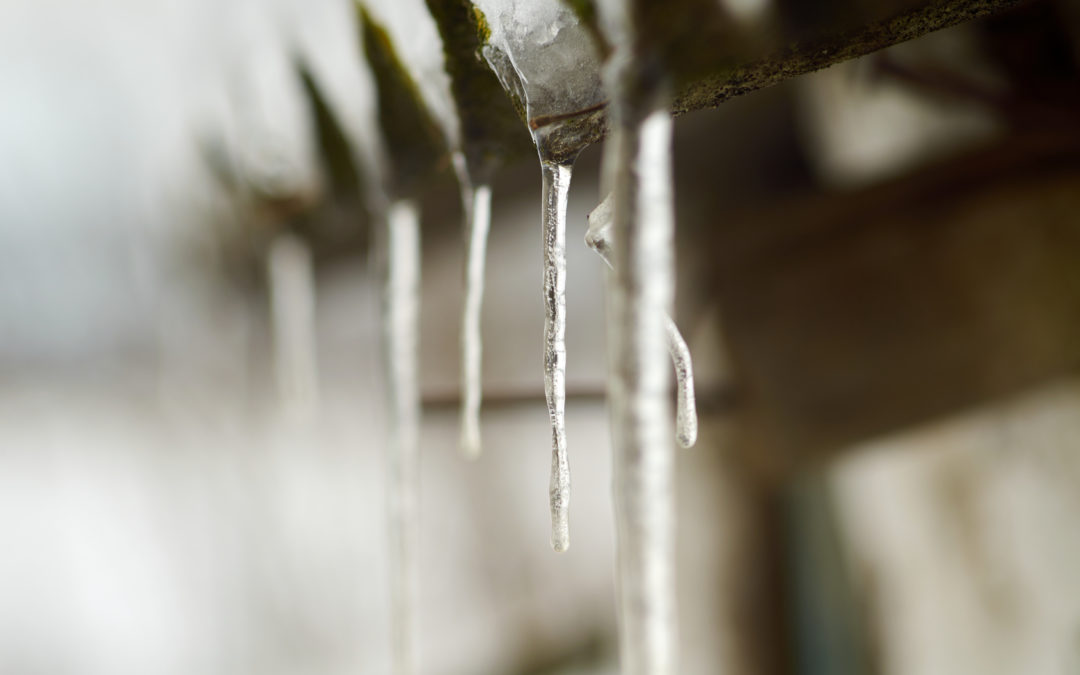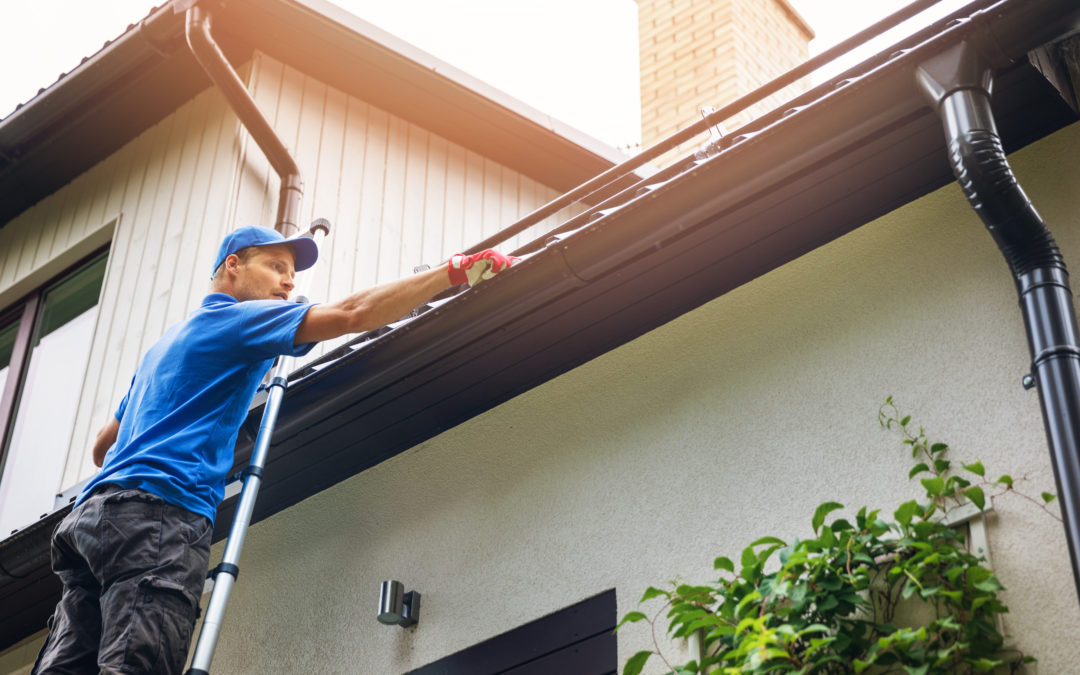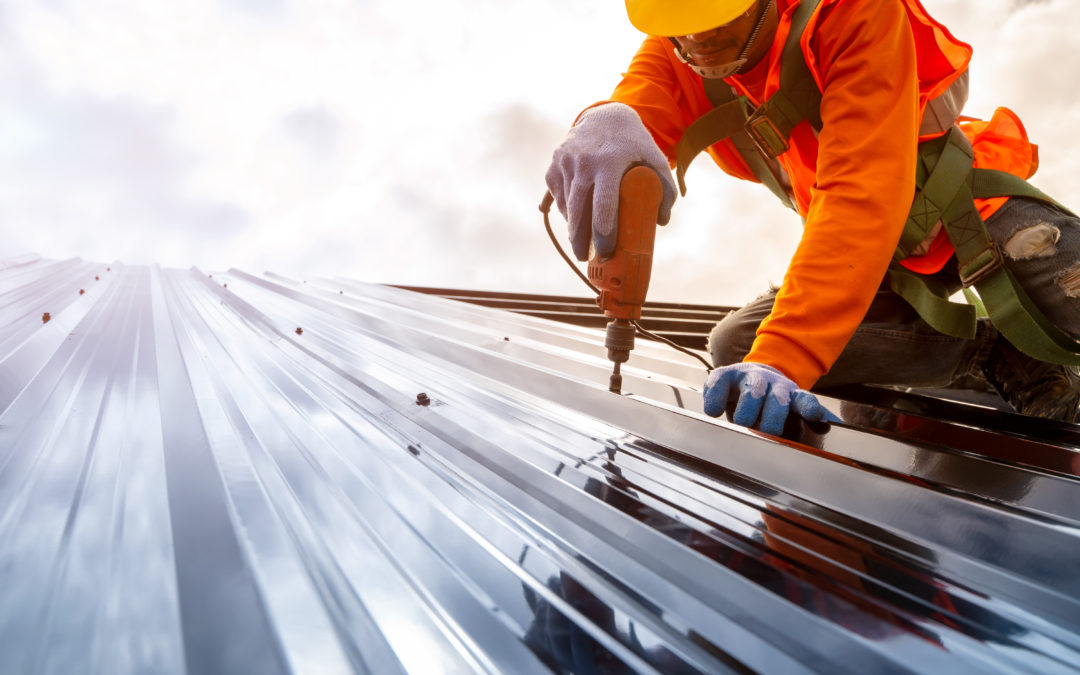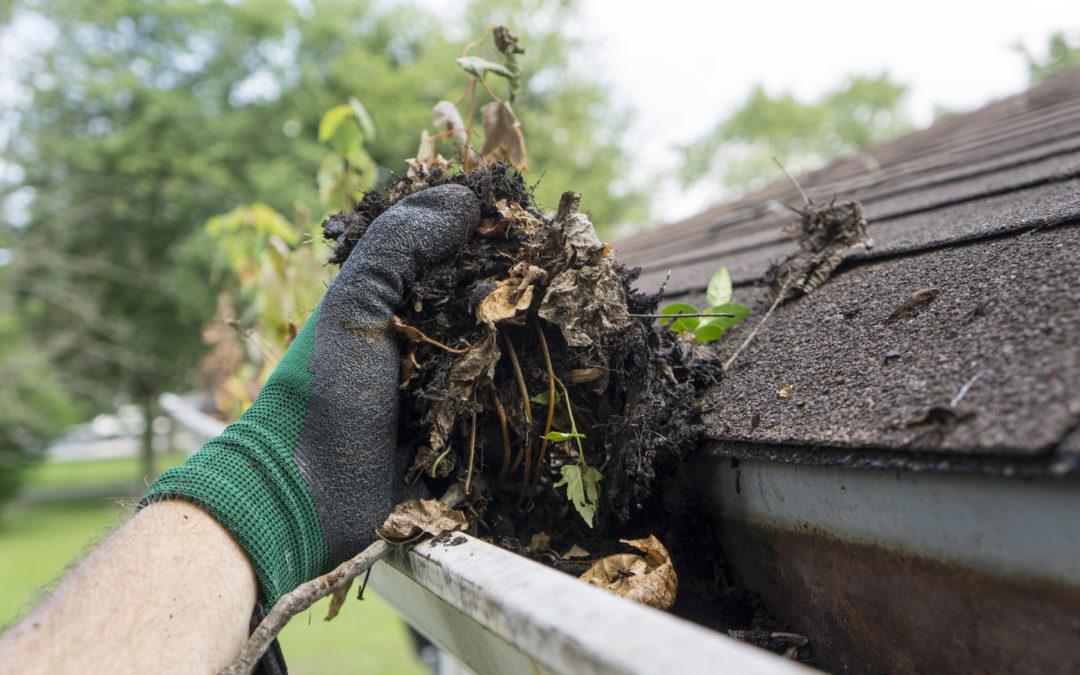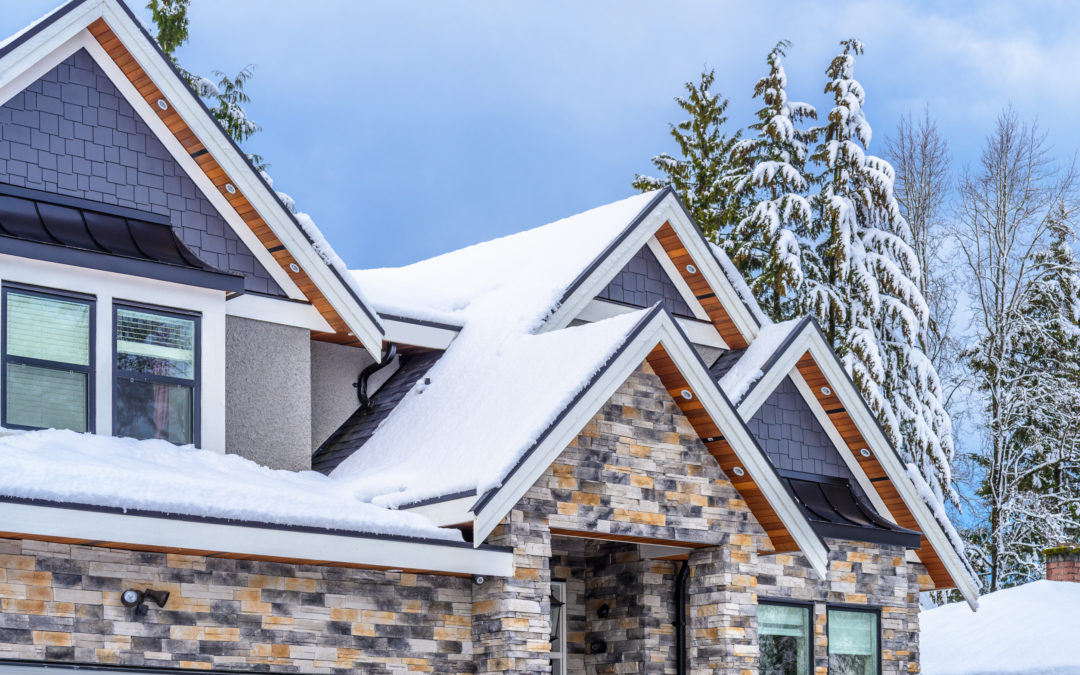
Everything You Need to Know About Gutter Upkeep in the Winter
Did you know that winter is the most important time of year to ensure your gutters are in tip-top shape? From expanding ice to heavy snow, and even that damaging slushy, freezing rain, your gutters put up with a lot over the winter.
If you stay up to date with your gutter maintenance, you can prevent unnecessary damage and costly gutter repairs. Check out our tips for gutter upkeep in the winter.
5 of the Best Tips for Gutter Upkeep in the Winter
Follow these five helpful tips for winter gutter maintenance, and you can look forward to a cozy, snowy season.
1. Flush Out Your Gutters
Before the first snow occurs, you should clean your gutters and remove any debris. If you don’t do this, buildup and clogs can hinder water flow. If you’re tackling this project yourself, you’ll need a ladder long enough to reach your gutters, a garden hose with a spray nozzle attachment, a bucket, and a hand rake or shovel. Remember that safety is your top priority. It’s best to have a partner who can spot you while you’re climbing the ladder.
To flush out your gutters, climb the ladder until you can reach the gutters. There’s no need to stand on the roof; standing safely on your ladder will suffice. Use your hand rake or shovel to remove twigs, leaves, or other debris. Then spray your hose and give the gutters a good flush out. Be sure to check for leaks, and if you do find some damage, you’ll want to replace your gutters so you can have peace of mind when the first snow comes.
2. Inspect Your Gutters for Rust, Holes, or Corroded Joints
After you clean out your gutters, you’ll want to inspect them and check for any signs of rust or holes. This is most likely to occur at gutter joints – where the metal edges are welded together. If you encounter some corrosion, you can purchase a gutter patching kit from a local hardware store. Apply sealant or caulk to the corroded joints and make sure the gutters are properly attached to the roof.
If your gutters are extremely rusted, and you think they might be beyond repair, they’ll need replacing. Consider investing in aluminum, copper, or vinyl gutters, since these roofing materials are resistant to rust and built to last.
3. Remove Debris From Your Roof
Yes, it’s important to clear debris out of your gutters, but if your roof is covered with rubble, it’s only a matter of time before your gutters are backed up again. If you are familiar with roof safety and feel comfortable doing this task yourself, climb up and make sure your roof is clean.
If your roof is particularly steep or slippery and you don’t feel comfortable working on it, don’t do it! That’s what the professionals are for. Call roofing experts before the winter season begins, and they’ll ensure everything is in the best shape possible.
4. Prevent Ice Dams From Occurring
Before the winter season is underway, you’ll want to do everything you can to prevent ice dams from occurring. The best way to do this is by unclogging your gutters. You’ll be in good shape if you have followed our first tip. If you live in a snowy climate and need extra protection, installing snow and ice shields is a great solution.
Ice and snow shields (also referred to as snow guards) are made of metal and are effective when installed on sloped roofs. Install the shields directly about the gutters and roof protrusions. They’ll prevent large snow drifts from developing on your roof and ensure that the snow will fall off gradually or melt before it reaches the gutters.
5. Adjust Your Downspouts and Protect Your Foundation
When the snow melts, it will flow through your gutters and hit the ground. The goal is to have downspouts so that water flows out and away from your home. If they appear to be facing your home or the ground, you’ll want to adjust your downspouts to prevent excess water from affecting your foundation and shift their direction to change the water flow.
Also, when the ice melts and comes down your downspout, water can pool in one spot, leading to leaks in your foundation. Or if the water freezes, it can cause a buildup in the downspout and blog water flow. You can prevent this by wrapping downspouts with heat tape before the first snowfall. If ice has already built up, you can pour hot water on it to get things moving again.
Werner Roofing Is Here To Help
Do you need assistance with your gutter upkeep during the winter months? Don’t fret! Werner Roofing can help. We can come to your home and inspect the area and let you know exactly what needs to be done so you can have a stress-free winter. Give us a call to talk to one of our roofing and gutter experts today.

OUR FREE ROOF INSPECTION
How do you know when it’s time for a new roof? The only way to be sure of your residential roof’s current condition is to have a licensed professional personally inspect it. Werner Roofing is proud to offer free roof inspections for every client, so you can be sure of your roof’s condition. Every Werner Roofing inspection comes complete with our promise: “We won’t recommend or sell a roof replacement unless it’s necessary.”

